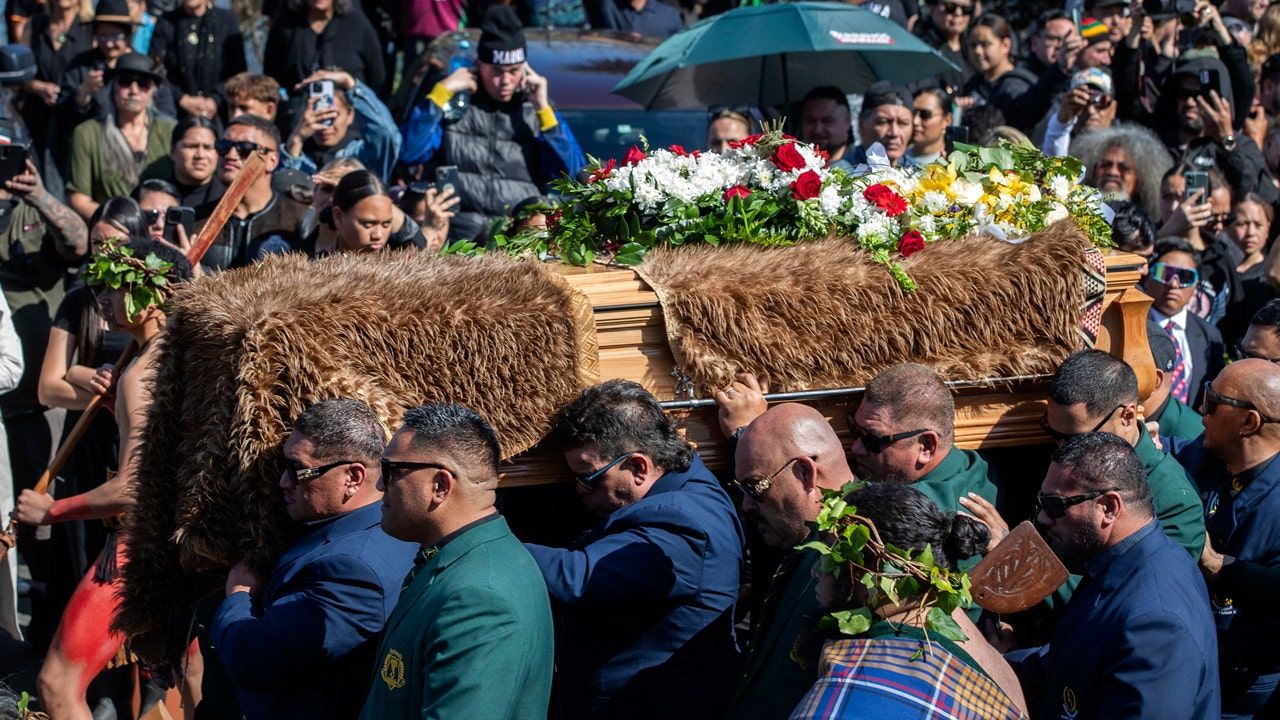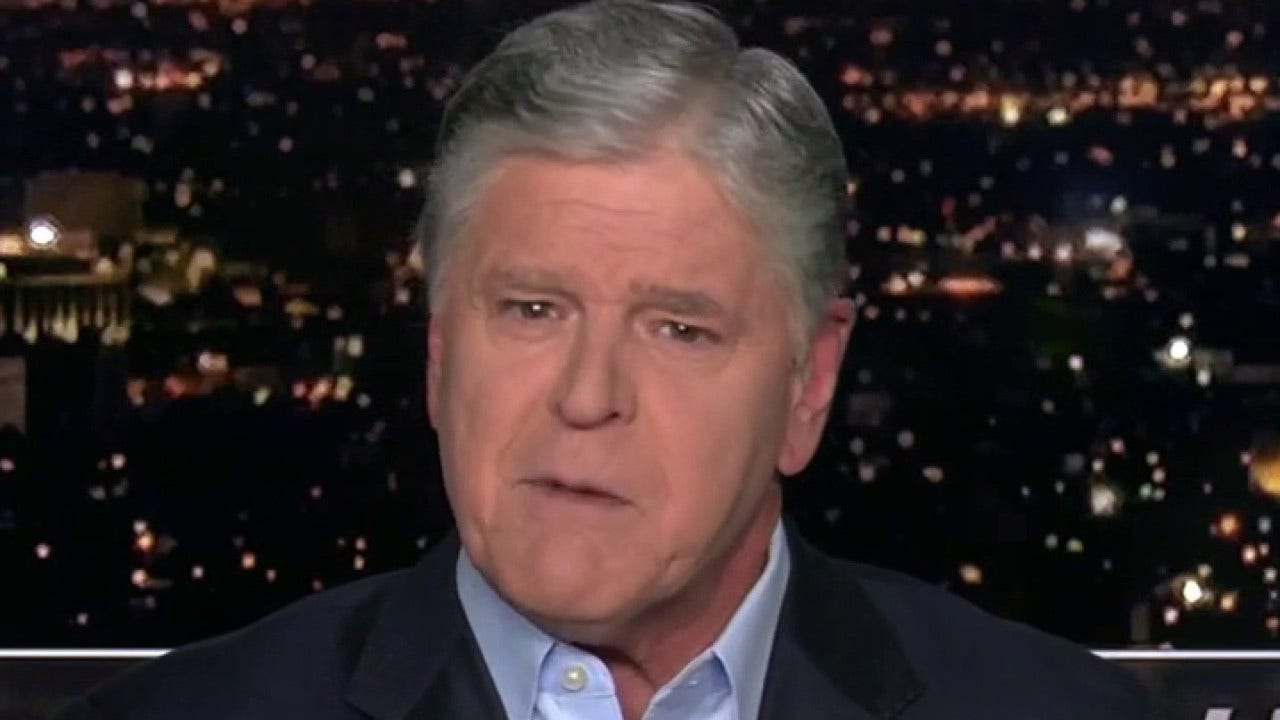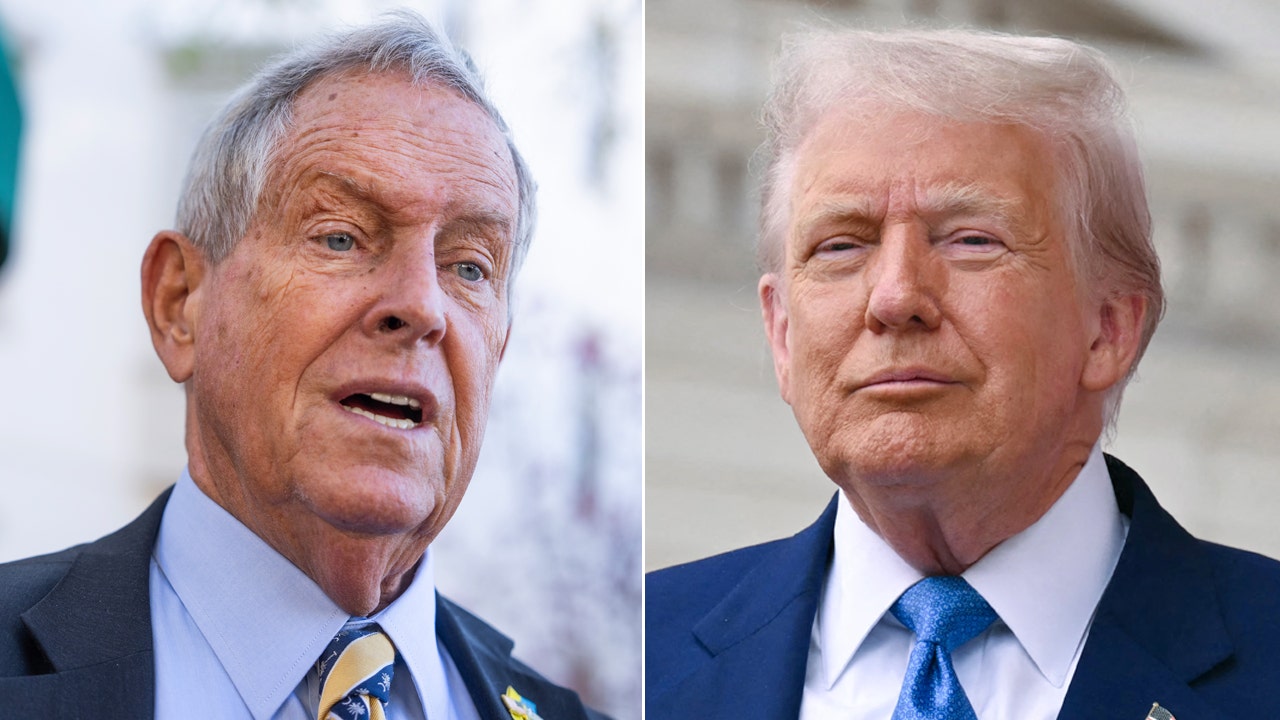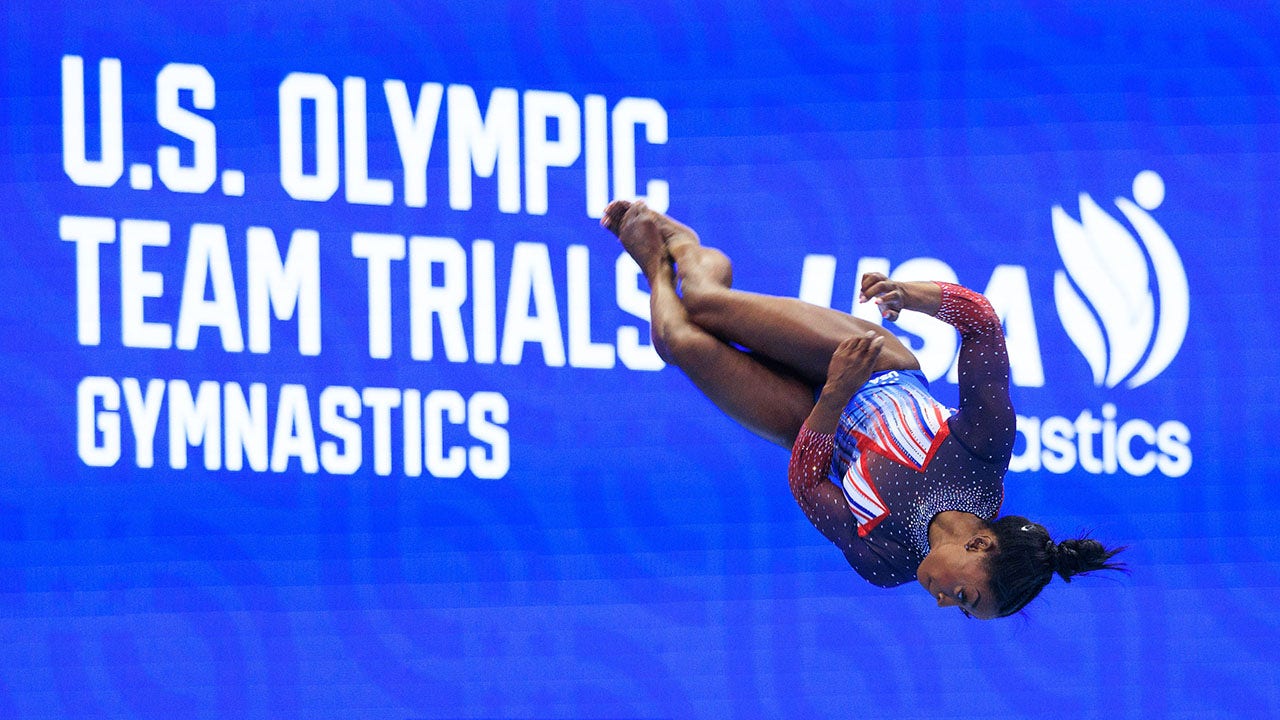- New Zealand's Māori King Tūheitia Pōtatau Te Wherowhero VII, 69, has died. His daughter, Ngā wai hono i te po, 27, is the new queen.
- Ngā wai hono i te po is the second woman to become a Māori monarch in a tradition dating back to 1858.
- King Tūheitia's funeral was attended not only by Maori tribes, but also by leaders of all political parties, former prime ministers, leaders of Pacific island nations, diplomats and representatives of the British Crown.
They arrived in their thousands in the chilly dawn, parking their cars far away and walking along country roads, children on their shoulders. They came dressed in mourning, with wreaths of ferns and kawakawa leaves, bone carvings or wedges of deep green pounamu (New Zealand jade) on their chests.
Mourners arrived in the North Island town of Ngāruawāhia on Thursday to pay their respects to New Zealand’s Maori king, Tūheitia Pōtatau Te Wherowhero VII, who died six days earlier, and to witness the accession to the throne of his daughter, Ngā wai hono i te po. The new queen, 27, is only the second woman to become a Maori monarch, under a tradition dating back to 1858.
As she was escorted to the Tūrangawaewae marae (an ancestral gathering place), where her father’s coffin lay draped in layers of feathers, cheers could be heard from the thousands of people who crowded around the television screens outside and waited along the wide, flat banks of the Waikato River to watch Kīngi Tūheitia’s funeral procession. Following his ascension, Ngā wai hono i te po accompanied the late king in a flotilla of traditional canoes along the river as he was guided by Māori warriors to his final resting place.
NEW ZEALAND INVESTIGATION REVEALS 'UNIMAGINABLE' ABUSE IN CARE FACILITIES OVER FIVE DECADES
The events marked the end of a weeklong tangihanga (funeral rite) for Kīngi Tūheitia, 69, a leader who in recent months had rallied New Zealand’s indigenous people toward unity in the face of a more racially divisive political culture than before. His daughter’s rise represents the emergence of a new generation of Māori leaders in New Zealand, one that grew up immersed in a resurgent language that was once nearly extinct.
King Tūheitia died last Friday after undergoing heart surgery, just days after celebrations marking his 18th anniversary on the throne. He became king following the death of his mother in 2006 and was buried next to her in an unmarked grave on Taupiri Maunga, a mountain of spiritual significance to his iwi, or tribe, on Thursday.
The Kīngitanga, or Maori royalty movement, is not a constitutional monarchy and Britain's King Charles III is New Zealand's head of state. It has a ceremonial rather than legal mandate and was formed in the years following British colonisation of New Zealand to unite Maori tribes in resistance to forced sales of indigenous lands and the loss of Maori language and culture.
The coffin with the body of New Zealand's Maori king, Kiingi Tuheitia Pootatau Te Wherowhero VII, is transported to Taupiri Mountain for burial in Ngaruawahia, New Zealand, on September 5, 2024. (AP Photo/Alan Gibson)
Monarchs have traditionally handled politics with ease and Tūheitia was remembered this week as a quiet and humble man. But in recent months, his voice had become louder.
After a center-right government took power in New Zealand last November and began implementing policies that rolled back recognition of the Māori language, people and customs, Tūheitia took the unusual step in January of convening a national meeting of tribes attended by 10,000 people.
“The best protest we can do now is to be Maori. To be who we are. To live our values. To say our reo,” he told them, using the Maori word for the language. “Just be Maori. Be Maori all day, every day. We are here. We are strong.”
Tūheitia urged New Zealanders to embrace the concept of kotahitanga (unity of purpose) in a cause he said had “room for everyone”.
His words resonated throughout the days of his funeral, even among the political leaders whose plans he had opposed at a rally. Reflecting the place that the Maori language and customs have acquired in New Zealand public life in recent decades, his funeral was attended not only by Maori tribes but also by leaders of all political parties, former prime ministers, leaders of Pacific island nations, diplomats and representatives of the British crown.
Tens of thousands of ordinary people flocked there too. Many spoke to each other in Maori, a language that had been losing importance after colonisation until activists in the 1970s brought about its revival. Their initiatives included the creation of Maori-language pre-schools, whose first graduates are now young adults.
Tūheitia’s daughter was among them. Although her father came from a generation where many were forbidden to speak Māori, she was steeped in the language and attended Māori immersion schools. Ngā wai hono i te po has a degree in Māori customs and is an accomplished performer of kapa haka, an indigenous performing art.
The late king, who was a truck driver before ascending the throne, was a surprise appointment for the monarchy, which is chosen by a council and does not have to be hereditary. But the new queen was prepared for the job and had accompanied her father in his work in recent years.
Her rise comes at a sensitive political time. Since 1858, the Kīngitanga has defended Māori sovereignty and the other promises of modern New Zealand’s founding document, the Treaty of Waitangi, signed in 1840 between the Crown and Māori tribes. In the years since, translation problems and attempts to reinterpret the treaty have occasionally led to conflict, which has flared up again in recent months.
“The treaty gives us a basis to work together. Let's not change it, that would be detrimental to us,” Tūheitia said at the event marking her coronation days before her death. While New Zealand was facing a storm over the revocation of Maori rights, “there is no need to worry. In this storm, we are stronger together,” she said.
After the new queen was anointed with oils and a service was held in honour of her father, mourners gathered behind the hearse as it headed to the banks of the river sacred to her tribe. There, Tūheitia’s coffin was accompanied by traditionally carved canoes on its journey up the mountain, with mourners – in some places as many as 10 strong – standing silently and bowing as it passed.
As he was carried to the foot of the mountain under a clear evening sky, a thunderous haka, or ceremonial chant, rang out from mourners waiting among the tombstones scattered along the steep slope and dozens of people helped carry the late king to his burial place at the summit.
CLICK HERE TO GET THE FOX NEWS APP
Many had waited for hours to see the procession pass, including a large number of young families. Commentators said the queen's accession represented a renewal of culture, as most Maori, who make up almost 20% of New Zealand's population, are under 40.
Among them on Thursday was 9-year-old Awa Tukiri, whose family had driven nearly two hours from Auckland to see the canoe carrying the late king pass by.
“It was quite surprising because all they do on the boat is sing haka and waiata,” she said, using the words of Maori chants and songs. Tukiri, who attends a kura kaupapa (immersion schools that are gaining in popularity), said the best part of being Maori was “just hanging out and speaking Maori to each other.”












